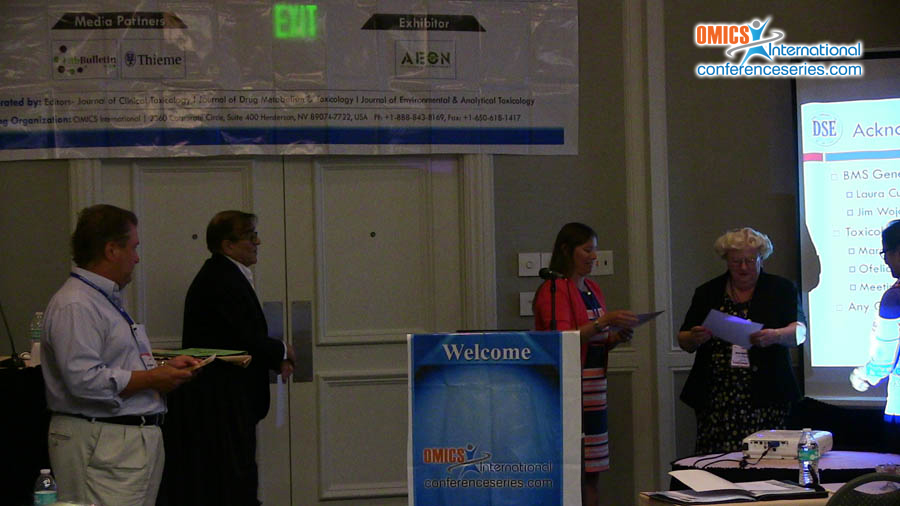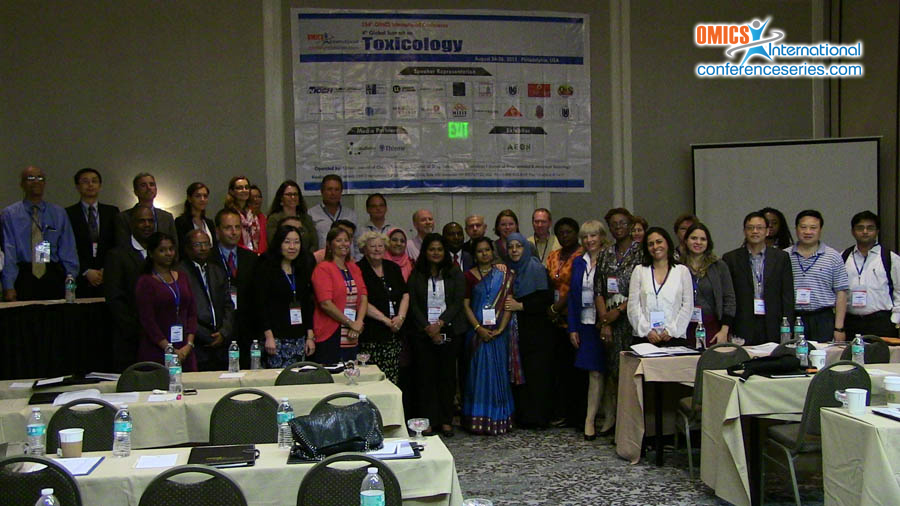
Leon F. Stankowski
Consultant, Genetic Toxicology, USA
Title: Genotoxicity. Basic aspects and most commonly worldwide employed and validated in vitro assays
Biography
Biography: Leon F. Stankowski
Abstract
In vitro genotoxicity assays that are commonly used for regulatory purposes can be categorized into two main groups based upon the endpoints analyzed: gene mutation and chromosome aberration. The single most commonly performed test is the bacterial reverse mutation assay, generally referred to as the Ames assay, which is often used as the first go/no go decision point in product development. Gene mutation can also be evaluated in mammalian cell test systems, such as the mouse lymphoma or CHO/HPRT assays, where the cells become resistant to metabolic poisons after loss of specific gene function. The other main group of assays is based upon cytogenetic analyses that examine changes in chromosome structure or number. Clastogens induce structural changes that can be detected microscopically and may manifest as breaks or rearrangements involving one or both chromatids of one chromosome, or multiple chromosomes. While chromosome aberration assays may detect limited types of numerical aberrations (polyploidy and endoreduplication), the micronucleus assay is better suited for that purpose since it can detect aneugens (spindle poisons) that cause more limited changes in chromosome number (i.e., gain or loss of single chromosomes). The basic principles underlying these assays and their basic design will be presented, as well as a discussion of the pros and cons of each.
Speaker Presentations
Speaker PPTs Click Here




